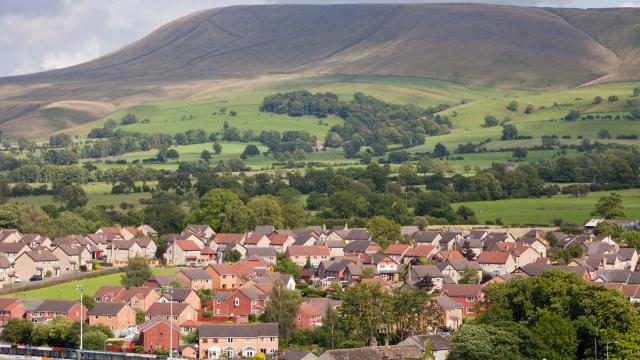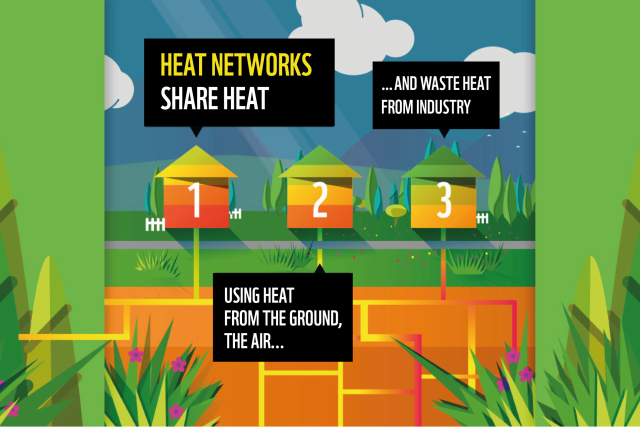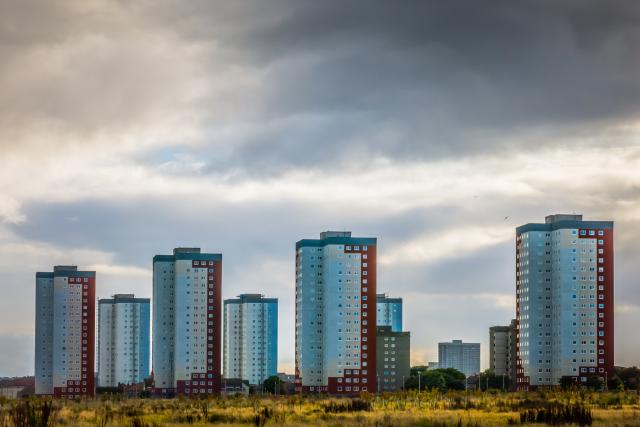
Heat Networks - the facts

What is a heat network?
Heat networks (also known as district heating) supply heat from a central source to consumers, via a network of underground pipes carrying hot water – like a giant central heating system serving many buildings. They can cover a large area - for example most of Copenhagen is served by heat networks - or they can be fairly local, supplying a small cluster of buildings like a tower-block or row of houses.
They can use heat from a variety of sources such as waste heat from large buildings like hospitals and shopping centres, or from industries such as distilleries. Heat networks can even extract heat from waste water treatment plants - like the ground-breaking network in Stirling which uses heat from sewage treatment to heat a local leisure centre, a school and will ultimately be extended to heat homes in the area. Heat networks can also be connected to heat pumps which can extract heat from the air, rivers, or the ground. So they are very versatile.

WHY DO WE NEED THEM?
We need to change the way we heat our homes if Scotland is to meet its net zero carbon emissions target. This means an increase in the number of renewable heat networks - currently only 1.5 % of Scotland’s buildings are heated this way, and even some of these use gas or other fossil fuels. Compare that to other countries, such as Denmark and Norway where the majority of homes are connected to district heat networks.
The good news is many buildings that are hard to insulate or adapt, such as tenements, tower blocks and historic buildings, are perfect for heat networks as they can share heat with a local ‘anchor’ building, such as a hospital or distillery.
One thing is clear, the change is happening, with the Scottish Parliament passing legislation in 2021 to roll out this technology across the country.

How do I find out more
The Scottish Government has a scheme for homeowners where connections to a district heating scheme powered by renewables are eligible for: £5,000 (£1,250 loan plus £3,750 cashback) . This is part of a £4.5 million scheme aimed at helping people install renewable and energy efficiency measures in their homes.